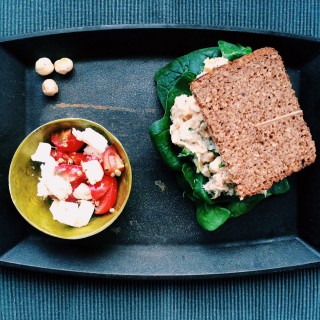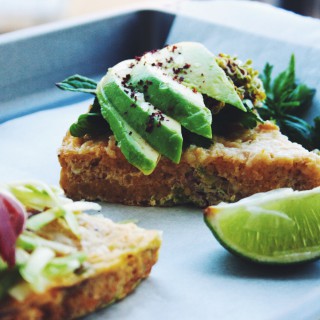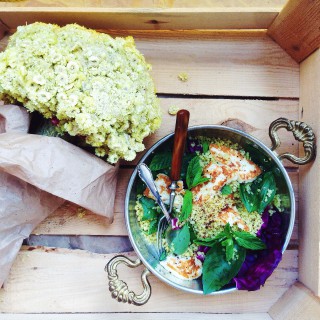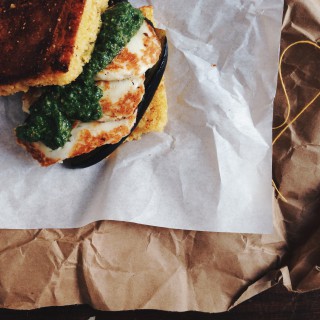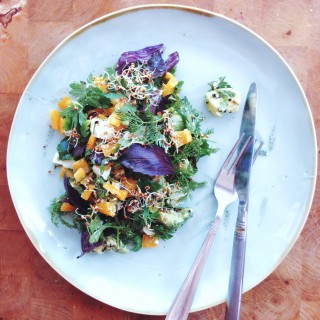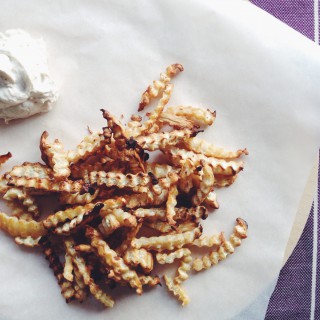Sorry, this entry is only available in German.
Going gluten free part I: Research, new findings and FODMAP Diet
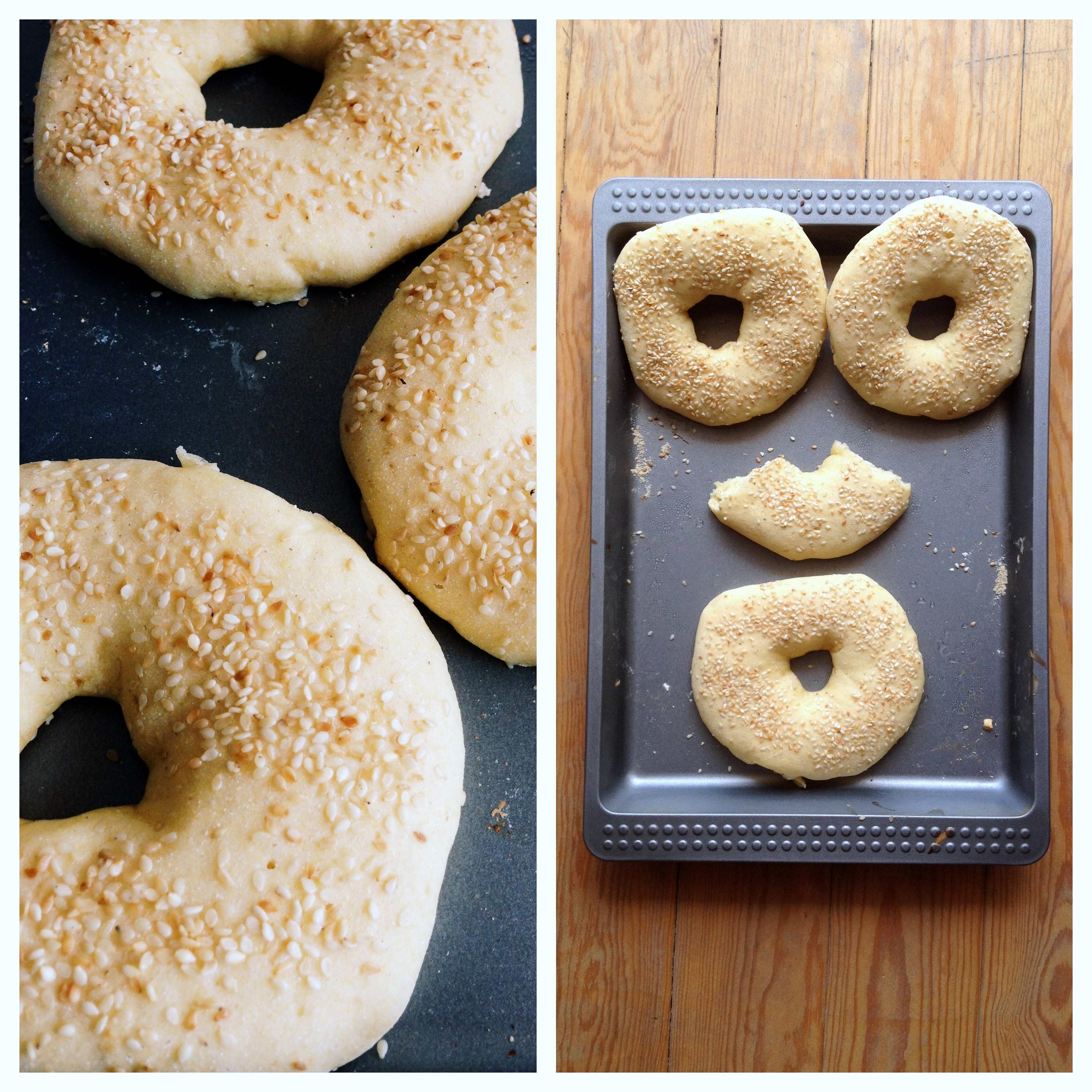
In my last post I hinted to the fact that I quit eating gluten a few weeks ago. For some of you this might not come as a surprise, for others this may actually be a big one. That‘s why, before elaborating on what it actually felt like going cold turkey, I‘d like to start by sharing my reasons for making this decision in the first place. Or let‘s just say, why it took me so long to do so.
I must confess I usually don‘t bother staying up to date on fructose malabsorption as there are rarely exciting new findings. But once in while I go back to checking on lists and books and what experts have had to say on the topic to see whether I am remembering things correctly or simply to nurture my “I‘m actually lucky that fructose is bad for me, because it‘s just a bunch of crap anyway” attitude.
Recently I joined a Facebook group full of amazing people, all dealing with their individual daily ups and downs as a result of fructose malabsorption. Everybody is really helpful and speaking frankly about symptoms and experiences. And trust me, nothing is more encouraging and helpful than reading the stories of fellow fructose malabsorptioners. Most of the members in this group are living in Australia where people seem to be more familiar with FM and the food industry seems to have adapted to peoples’ needs already. Unlike Germany or Turkey. Closely following the group discussions I wondered why most of the group members follow a gluten-free diet without being gluten intolerant. I never quite understood why someone would burden themselves with even more food restrictions than necessary. All my German books on FM consider wheat and other grains to be on the safe side, so the FM couldn‘t be the reason for this could it? Since being diagnosed with FM I started to cut out fructose as found in fruits, vegetables, sweets and processed foods from my diet, but otherwise continued to eat bread, pasta and other doughy things like I was used to do. I never really questioned that there was something wrong with this or that or that the information at hand might not even be tried and true. I‘m imagining those of you who are familiar with the FODMAP diet shaking their heads in utter disgust right about now.
What can I say, other than it took me a while to figure out that most of the group members follow this so called FODMAP diet. The FODMAP diet was originally designed for people suffering from irritable bowl syndrome (IBS), but parts of its guidelines are also recommended to people suffering from FM. After all there can‘t be so much wrong about it if so many Australians follow it so I decided to dig a little deeper. The FODMAP diet divides foods that should be avoided into five different categories: excess fructose, lactose, fructans, galactans and polyols. The food groups that should be cancelled out when suffering from FM are fructose (no surprise there) and fructans. A term I hadn‘t come across so far. The fructose group includes foods like honey, apples, pears etc. Foods I haven‘t touched in years anyway. So again, no surprises there. The other category, the fructans, felt the same at first, except for one thing. Guess what, wheat. I blinked a few times, but it was still there. A list stating that wheat is out.
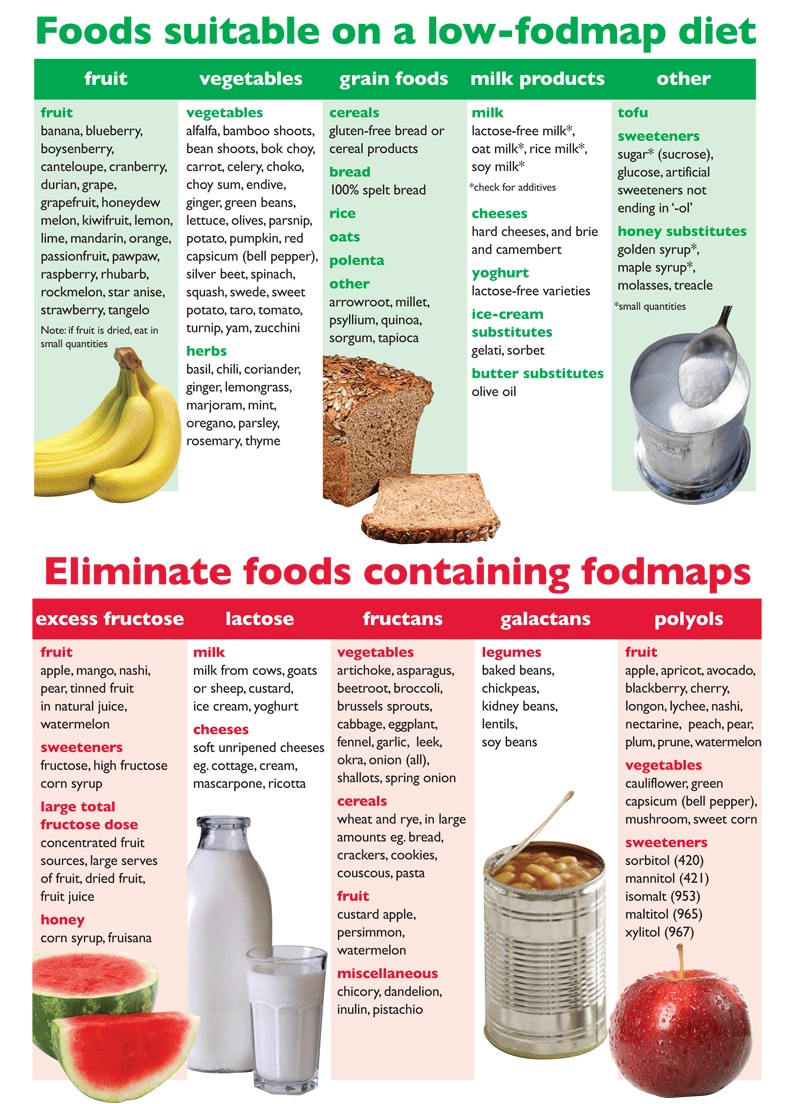
At first I was kind of shocked, because, like I said, I was eating wheat products all the time. But suddenly all fell into place. The whole thing started to come together and make sense to me at last. It finally understood, why so many of you are eating gluten free. And even more important it finally offered an explanation as to why, no matter what I ate or how much, by the end of the day I would still look like seven months pregnant. Even though I’m on top of things most of the time when it comes to the known symptoms such as constant fatigue, flatulence, headaches, sugar cravings, bad breath … the bloating still showed up on a daily basis and I didn‘t know why. But now I had a lead at last. I didn’t need to think any further, whether to follow up on a gluten-free diet or not.
Here is what Sue Shepards advises to minimize symptoms, when suffering from fructose malabsorption:
- Avoid foods that contain excess fructose: honey, apples, mango, pear, watermelon, high fructose corn syrup, corn syrup solids
- Avoid dietary sources of fructans: artichokes (globe), artichokes (Jerusalem), asparagus, beetroot, chicory, dandelion leaves, garlic (in large amounts), leek, onion (brown, white, Spanish, onion powder), radicchio lettuce, spring onion (white part), wheat (in large amounts), rye (in large amounts), inulin, fructo-oligosaccharides.
- Reduce the fructose load
Source: Sue Shepherd
That’s how the whole gluten-free experiment got going. It’s been 8 weeks now since I cancelled out all sorts of wheat products from my daily diet, which is no easy task living in Turkey. Here everything is served with tons of fresh bread, people eat a soup thickened with flour with every meal and mix orzo noodles in rice. Food life has definitely become more challenging. But everybody is like “Tell me about it!” right now, I guess. =)
If you want to hear more about my gluten-free journey, the kind of dietary changes I made and the withdrawal syndromes I never expected to suffer from, stay tuned. More about this in my next post.
P.S. Are you guys eating gluten-free already? If not, have you considered doing so?
